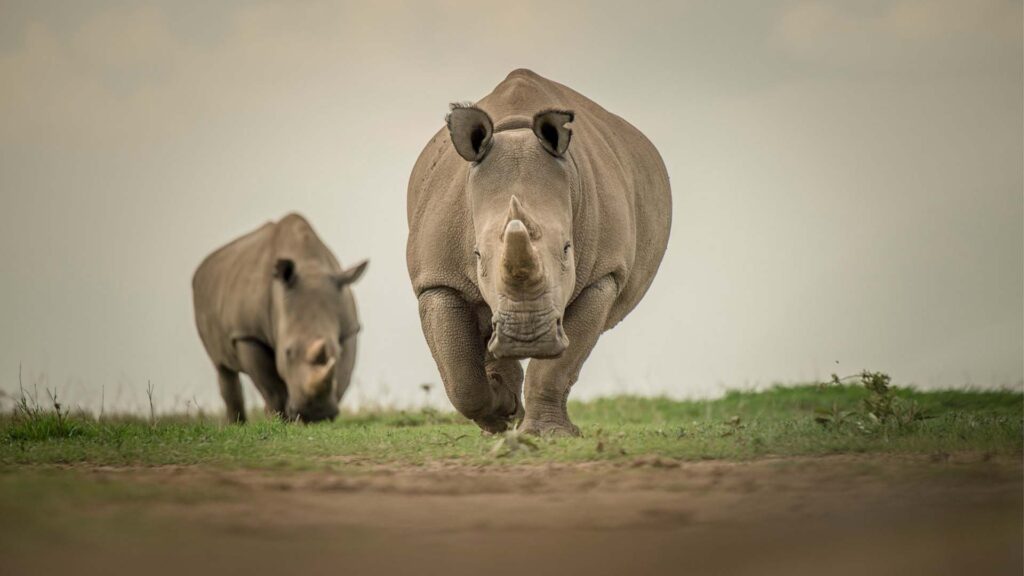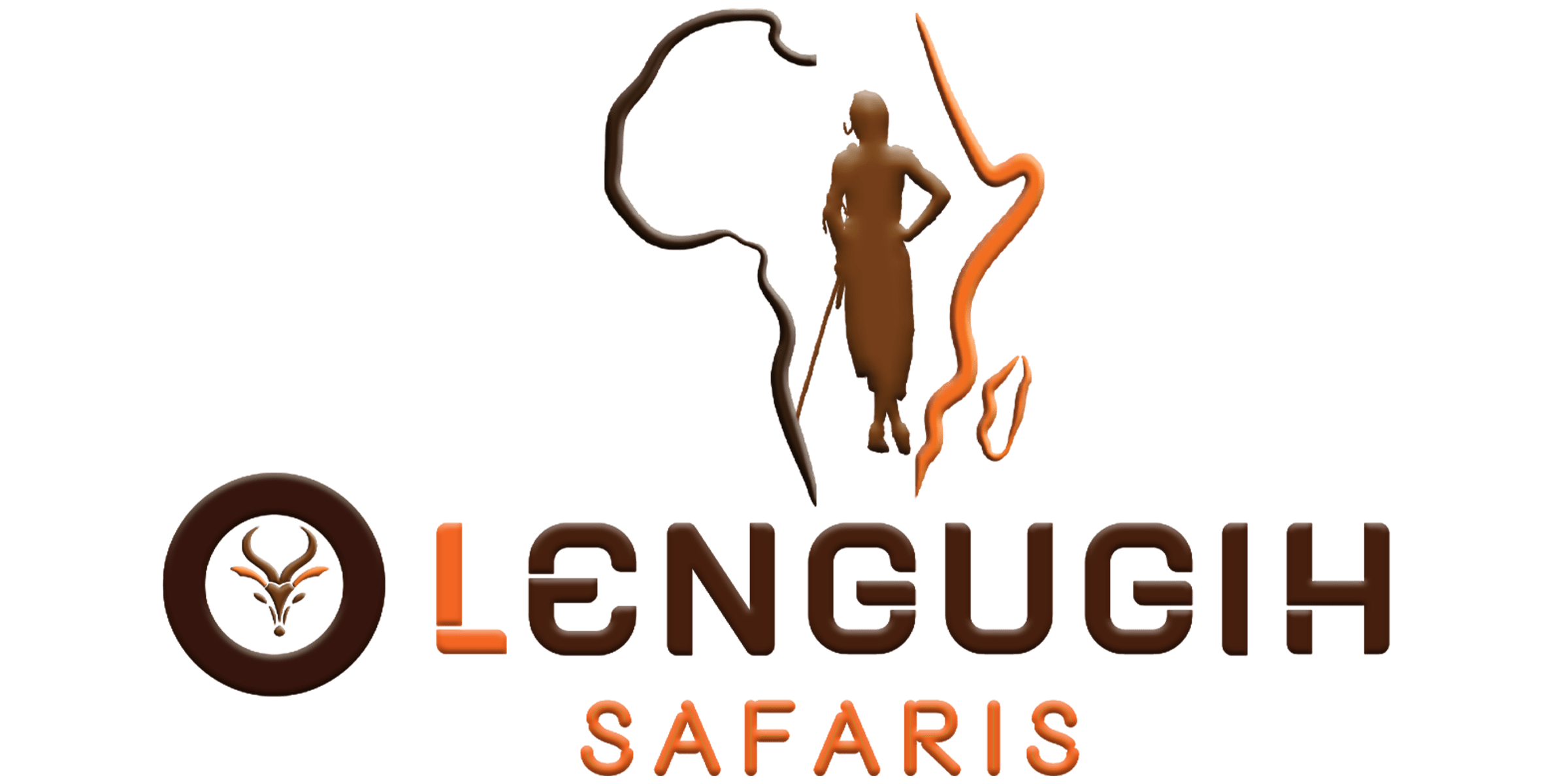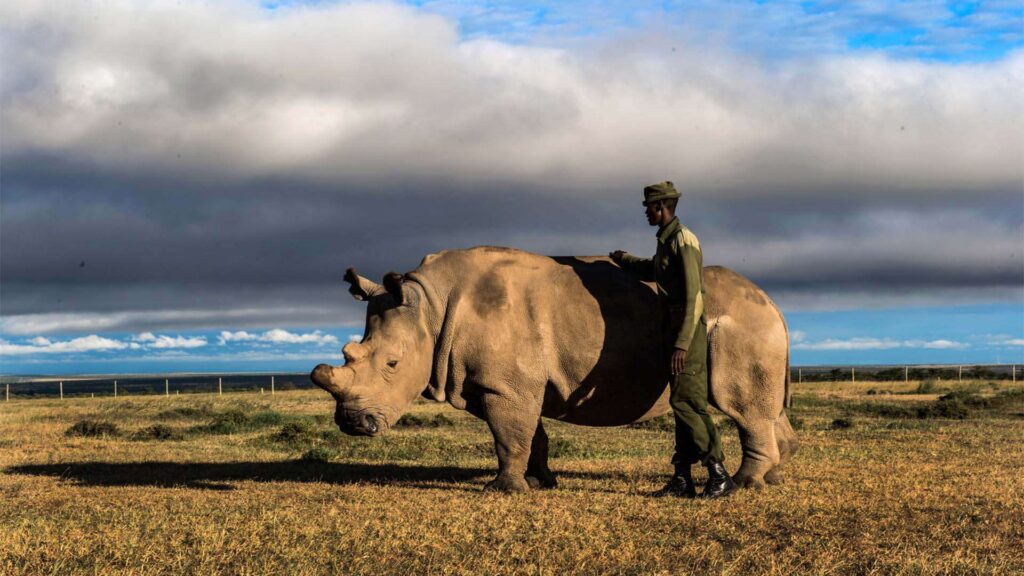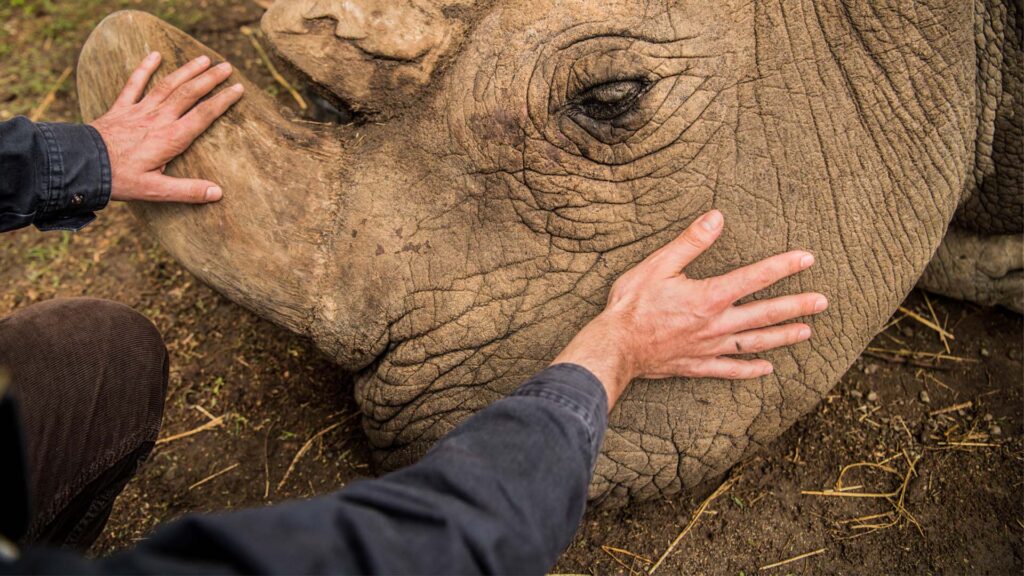Remembering Sudan
On 19th March 2018, Sudan, the only remaining male white rhino, breathed his last. Sudan died on a Monday at the age of 45. On that particular day, everything felt monumental and ordinary. On the horizon, the sun was struggling to make itself clear over the three peaks of Mt. Kenya. Men spoke in quiet Swahili. Sudan lay still in the dirt, thick legs folded under him, huge head tilted like a capsizing ship. Sudan’s bog front horn was blunt, scarred, and worn. His breathing was harsh and ragged from every kilometer in his direction, with warthogs, zebras, elephants, giraffes, leopards, lions, and baboons around Sudan. All these creatures were doing what they do in their life’s routine, i.e., hunting, feeding, breathing, scavenging, and going and being. Until recently, Sudan was part of this interesting ecosystem, but he could hardly move now.
Although Sudan’s death was a disaster, it was not a surprise. This marked the climax of the conservation crisis that had been expediting for decades towards this price moment. All the desperate legal, political, and scientific measures had been exhausted. Sudan’s age 45 was ancient for a rhino. His skin was creased across the body, with wrinkles radiating from his eyes. Sudan looked gray, like a stone’s color, like a boulder that breathed. His body had been failing for months. Sudan’s legs were filled with sores, and one specific wound had become badly infected.
On 17th May 2018, shortly before sunset, Sudan collapsed for the final time. He tried to stand back up with the help of his caretakers, but his legs were too weak. The caretakers fed him bananas stuffed with pain pills at a time to relieve his pain. The veterinarians applied medical clay to his wounds to help them heal fast.
In the years before his death, Sudan had become an international celebrity and conservation Icon. His life was like that of an ex-president, with protection provided to him 24/7 by armed guards. Visitors traveled from every corner of the planet to see Sudan. Sudan weighed 2 tons but had the personality of a golden retriever. Sudan allowed people to touch him and feed him snacks. He clamped a big carrot like a tiny orange toothpick in his boxy mouth. Most tourists who would visit Sudan get emotional; they know they are laying hands on a singular creature about to slide off into the void. Many hurried back to their cars and cried.
Although Sudan was the last male, he was not the last of his kind. He left two living descendants, both females, Najin, a daughter, and a granddaughter named Fatu; as Sudan’s situation deteriorated, Najin and Fatu grazing in a nearby field. It was sad that they would live their remaining days in strange existential twilight, which scientists call functional extinction. Since we’re no longer viable, the two remaining females would not save the species and the subspecies.

Sudan’s death was not unexpected, yet it resonated with so many. At the time of his death, Sudan was surrounded by the people who had loved and protected him. Joseph Wachira, one of his dedicated keepers, went to give him one more rub behind his ear. Sudan leaned his heavy head into Wachira’s.
Those final moments were quiet—the rain falling, a single go-away bird scolding, and the muffled sorrow of Sudan’s caretakers. These keepers spend more time protecting the northern white rhinos than they do with their children. “Watching a creature die—one who is the last of its kind—is something you would never want to experience. It feels like watching our demise.” One of the caretakers reiterated. The men cried, but there was also work to be done.
Scientists extracted what little sperm Sudan had left, packed it in a cooler, and rushed it to a lab. Right there in his pen, a team removed Sudan’s skin in big sheets. The caretakers boiled his bones in a vat. They were preparing a gift for the distant future: Someday, Experts would reassemble Sudan in a museum, like a dodo or a great auk or a Tyrannosaurus rex, and children would learn that once a creature called a northern white rhinoceros. Human beings would look at the dead one and try to imagine it alive. But they wouldn’t be able to, not really. We can never reconstruct all the odd little moments, boring and thrilling, that make a creature a creature that makes life. The only remaining male white Rhino remains a memory to many and the world at large. Our responsibility is to take care of all creatures. We do not want something like this to happen to the remaining creatures.


